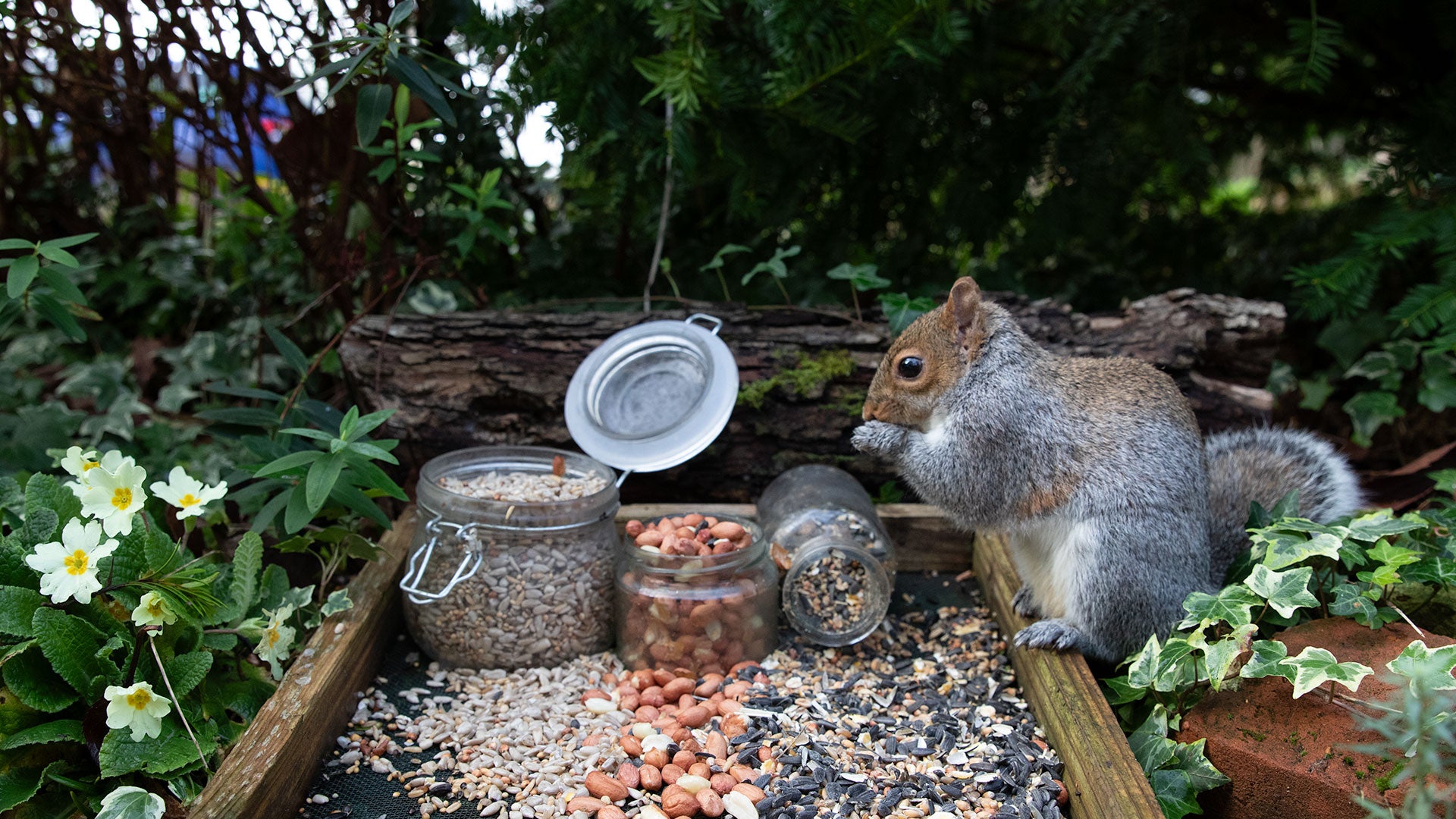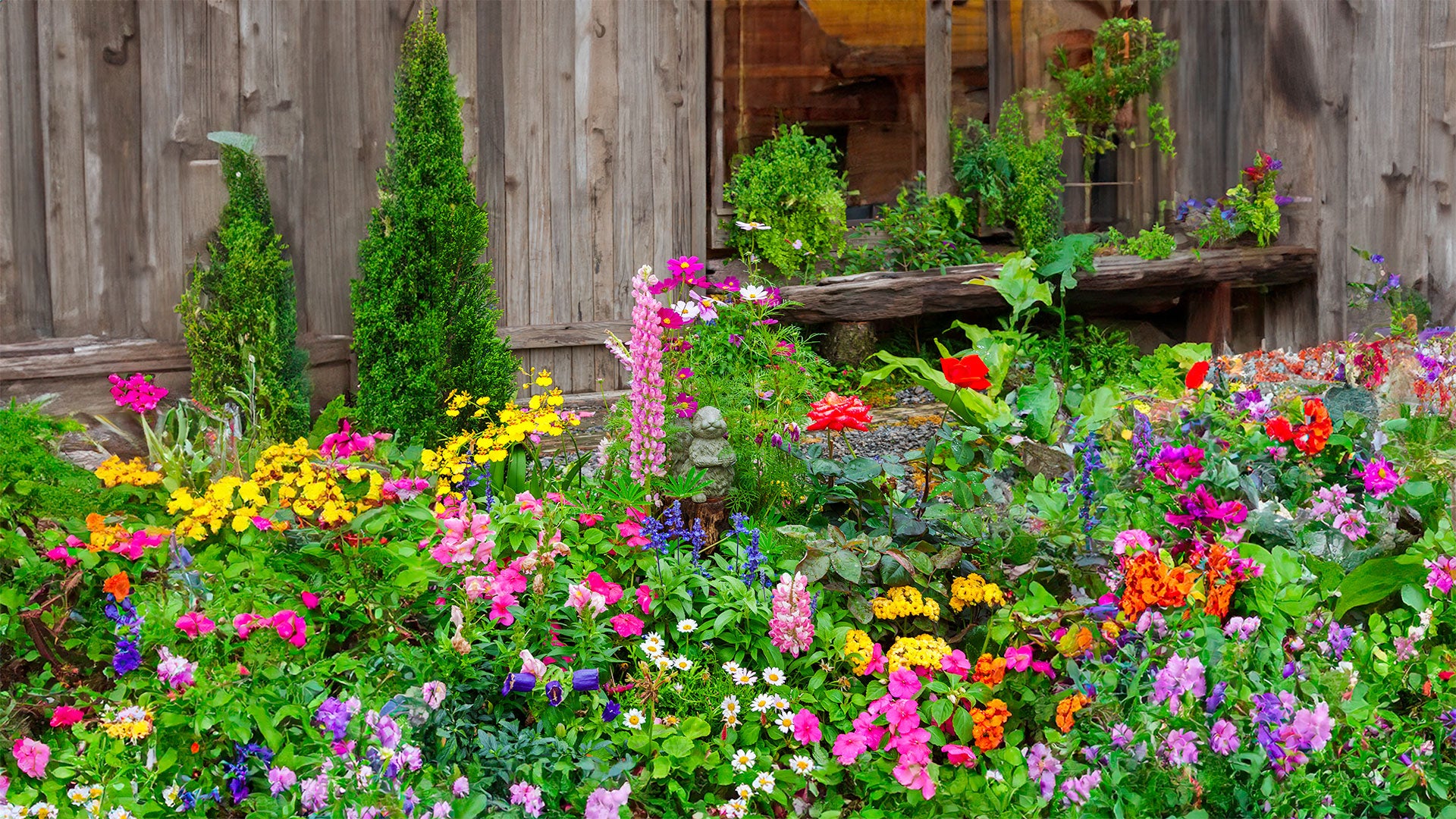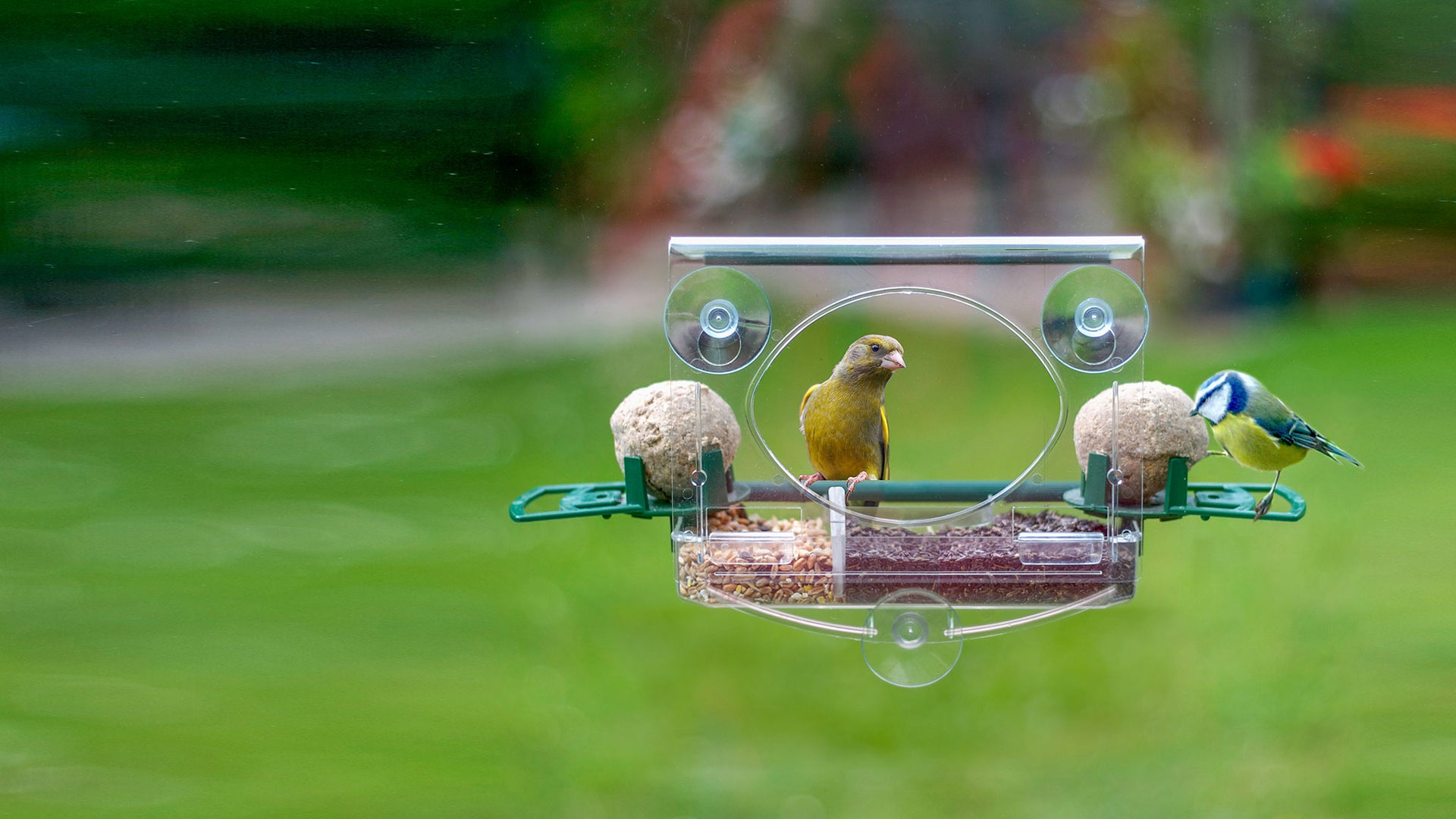Christmas is great for anyone who enjoys traditions. Letters to Santa, reindeer, advent calendars, elves, robin-red-breast, stockings, turkey, crackers, holly and ivy, yule logs, mistletoe and of course gifts under brightly decorated Christmas trees.
If you pause from the port (passed to the left of course) for a moment and think about it, many of our Christmas traditions involve plants and evergreen leaves in particular. So how and why did these traditions begin?
Yuletide is an archaic term for Christmas and refers to the period of Christmas rather than the day itself. Stemming from pagan times and historically followed by the Germanic tribes, it refers to the winter months of December and January. Later starting from the winter solstice and changing to the 12 days of Christmas as Christian beliefs spread across the northern European countries.

The yule log dates back to the pagans and Celts and originally involved the cutting down and burning of a whole tree over the 12 days of yule. This was to help the sun God recover from illness and grow strong again. The winter solstice is a day between 20-23 of December and is the darkest day of the year. It was believed the darkness was caused by the sun God’s sickness and need for spiritual fire and light to help bring about recovery and therefore spring. Later the selected tree was cut down and the trunk or ‘log’ was brought into the home and fed to the fire over the 12 days. After which any remaining wood was stored safely for the following yule. Only in recent times has the yule log become a cake!
Many of our Christmas traditions have their origins in ancient and pagan beliefs. The dangers presented by the cold and dark of winter, along with the shortage of food instigated many superstitions and religious rituals. Our ancestor’s endowed trees and plants that remained green and even flowered in winter with supernatural powers. People would bring evergreens into their homes to encourage summer’s return, for good luck, fertility, or even as predictors of good weather or fortune. Ivy (but not too much) would bring luck to the house that
was decorated with it. Mistletoe would bring fertility and holly leaves would determine who would rule the house – sharp leaves for the man and soft leaves for the woman, while equal amounts would bring harmony and balance.

Christmas trees didn’t feature until much later, but their roots can be traced back to yule trees and evergreen branches being brought into the home. It was in Germany that whole trees were first brought into the house, but these tended to be small and were placed on the table and lit with candles. Queen Victoria and her German husband Prince Albert are credited with making Christmas trees popular in the UK. They had large trees and decorated them with brightly coloured glass ornaments and ribbons and placed presents underneath, just as we do to this day.
So, as I wish you a very Merry Christmas and a prosperous New Year let us remember to appreciate the food on our table, sure in the knowledge spring is on its way and the sun will warm our backs once more.












